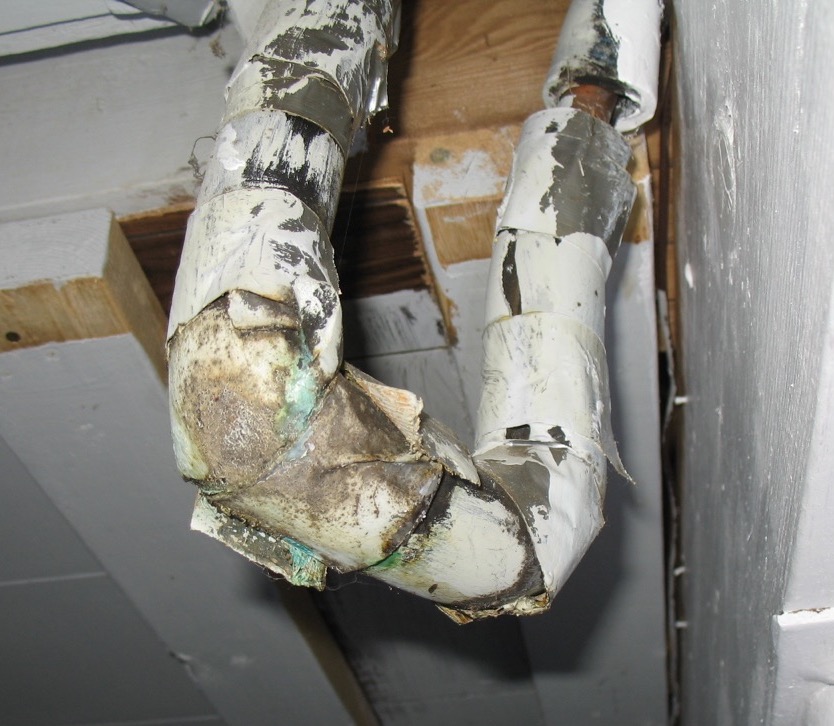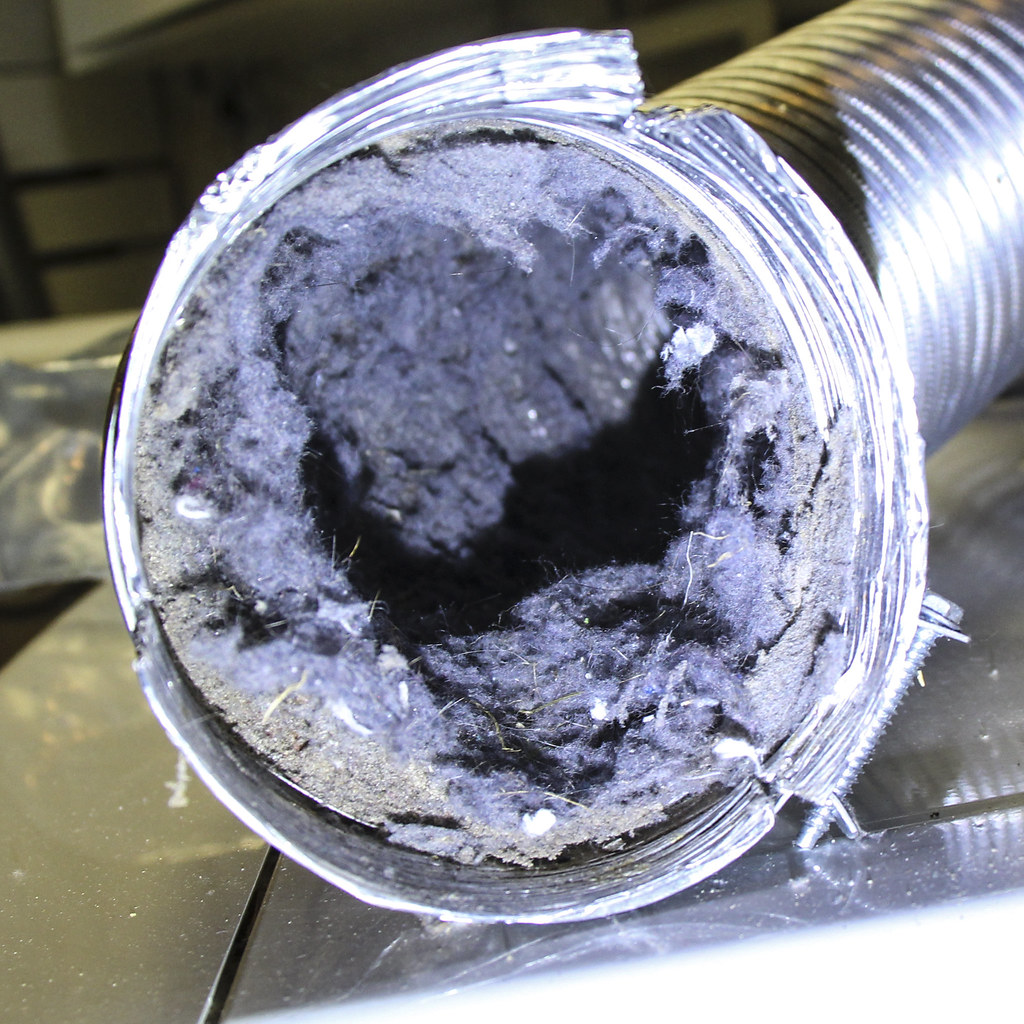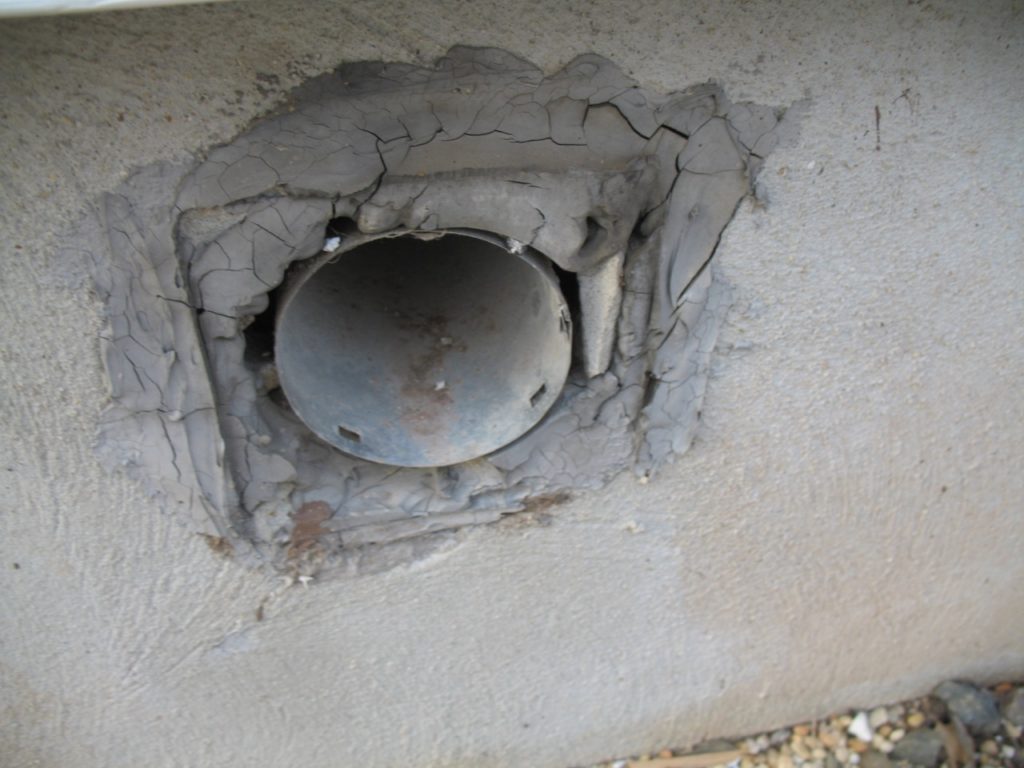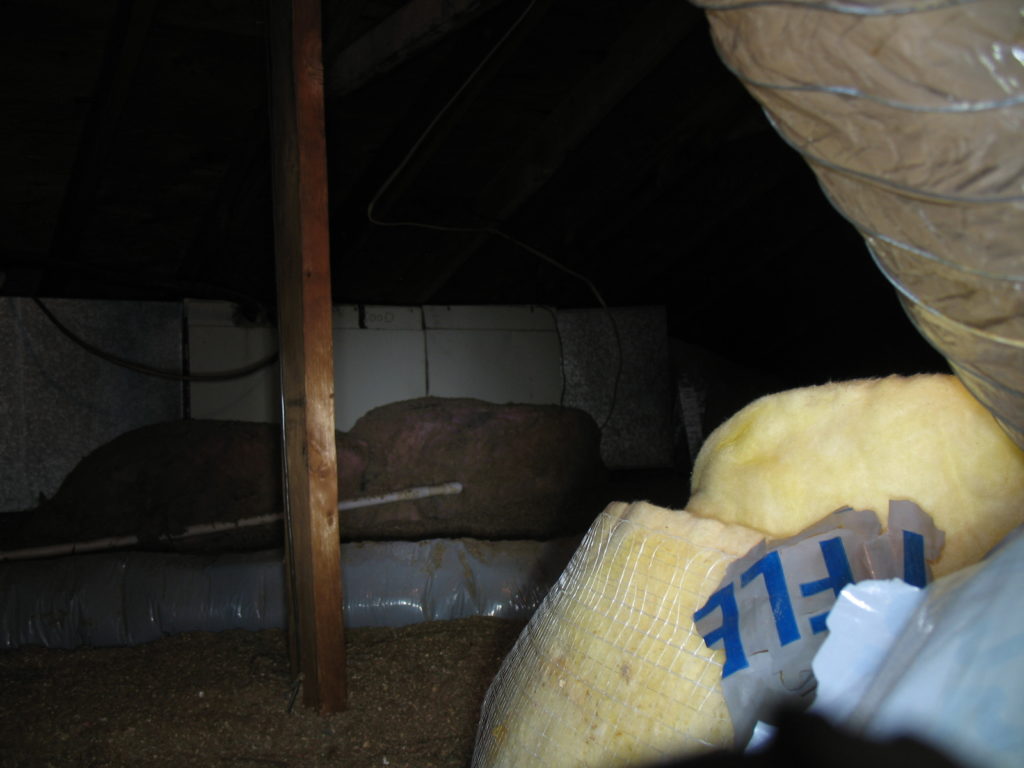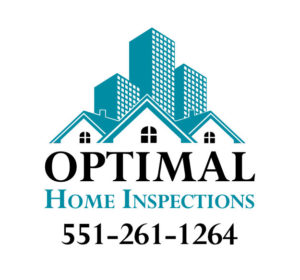What a home buyer should know about older Air Conditioning systems.
Freon, also known as R-22, is a refrigerant in air conditioners and refrigerators. It is a greenhouse gas contributing to climate change, so the Environmental Protection Agency (EPA) has phased it out. As of January 1, 2020, it is illegal to manufacture or import new R-22.
What does this mean for homeowners?
- You can continue to use your existing air conditioner or refrigerator that uses R-22. However, if it breaks down, you must have it repaired or replaced with a new unit that uses a different type of refrigerant.
- The cost of R-22 is expected to increase as it becomes more scarce. This means that repairs and replacements may be more expensive.
- Several new refrigerants are available that are environmentally friendly. These refrigerants are typically more expensive than R-22, but they may be more efficient and last longer.
If you are considering replacing your air conditioner or refrigerator, it is a good idea to talk to a qualified HVAC contractor about the different options available to you. They can help you choose the best unit for your needs and budget.
Here are some additional things to keep in mind about the Freon phaseout:
- The EPA has many resources to help homeowners learn about the phaseout and options.
- Several incentives are available to help homeowners offset the cost of replacing their air conditioners or refrigerators.
- The phaseout of R-22 is part of a larger effort to reduce greenhouse gas emissions and combat climate change.

